-
Posts
91 -
Joined
-
Last visited
Content Type
Profiles
Forums
Store
Help Articles
Posts posted by lizztwozee
-
-
Hello Bakers! The coffeecakes pictured have been baked with a layer of cinnamon streusel containing flour, cinnamon, butter, and brown sugar. The streusel is layered on top and in between two layers of vanilla batter. The batter is soft like pudding, and doesn’t seem to hold the streusel up strongly enough for the cake to rise very much when baked. Any thoughts about the proportion of flour to eggs and butter, etc. in the dough that would make a difference? I’m thinking of just increasing the flour a little bit, but I don’t know what other accommodations could be made. The streusel is like sand, and doesn’t clump at all, so I thought it would be light enough for the batter to push it up. Nope!
Here’s a quick breakdown of the vanilla batter ingredients by weight: 6 ounces butter, 10 ounces sugar, 10 ounces yogurt, three eggs (6 ounces), 10 ounces flour, and the usual vanilla, salt, baking powder and baking soda.
-
Yes, forgot to mention I add white vinegar for this purpose. Thanks!
-
Greetings, bakers! Trying to figure out how to get the maximum rise and "crack" out of a quick bread recipe: totally baffled. According to the mood of the oven and ingredients, I either get a lovely risen bread with a dome and a crack, a somewhat smaller version of same, or a completely flat top, with no dome or split. Since it's a zucchini bread, I'm thinking the level of moisture might have something to do with it. I macerate the zucchini weighted overnight in the fridge with sugar, and in the AM it's pretty dry. I've tried increasing the dry ingredients just a bit, reducing the sugar, and increasing the two leavening agents--but I don't want to just keep doing that. Would a soft wheat flour do anything? How about a hotter oven temp. (going with 350 as per recipe)? I've tried piping a line of soft butter down the center of the bread, as per suggestion on this forum, but it sometimes sinks in and seals; I might just be using too thick of a line.
The original proportions are thus: 240g (2 c) flour, 1t. baking powder, 1t. baking soda, 170g eggs (3), 270 g sugar (1.25c) 140g olive oil, (2/3c) and various flavorings, poppy seeds, etc. The first time I baked this bread, I got photo #1--the second time, photo #2. Waaaa????
-
Wow, love that tip! Can’t wait to try that, thanks so much!
-
 1
1
-
-
Greetings, bakers! Here's a luscious shot of a zucchini-poppyseed quick bread I baked up in my Vulcan electric oven. I had loaded up 6 of these babies, and they "cracked" open beautifully. Next time I baked, I only baked 3, and they barely domed, no crack. Hmmmm---400 degrees too cool for just a few? I thought I would solve the problem by adding more vapor to the bake, but since the batter was very wet, I only steamed after about 15 minutes of baking, into the 1 hour it takes. A little better, but not like the picture. Any thoughts? I'm using baking powder and soda, and some vinegar for acid.
-
 1
1
-
-
Excellent tips, all. Thank you!
-
Sounds good! This dough is very sticky--and I'll give the Cook's recipe a try, thanks!
-
Greetings, bakers. I'm baking scones, and trying to get a nice crumbly texture with a firm crust . . . and getting a spongy result. Here's a shot of my not-so-risen blueberry scones, which are bendy and spongy like Wonder Bread . . . hmmmmm. I'm forming them in a large rectangle (probably could go smaller to increase the height of the dough before baking), rather than a circle, and cutting them into bars with a bench scraper. Here's my formula:
17 oz AP flour
2 oz sugar
.6 oz. baking powder
.5 oz. salt
6 oz. very cold butter, cut into pea-sized pieces in the dry ingredients
4 oz. egg
9 oz. very cold milk
5 oz. plain greek full-fat yogurt (or 14 oz. buttermilk)
9 oz. blueberries
Chill for at least 1 hr., form into a 8x15 rectangle, cut into 9 pieces, bake 350 convection for about 18 mins.
My question is if I should increase or decrease the liquid, cut the butter into larger or smaller pieces (I have a little butter leakage with the pea-sized butter), and/or bake at a higher temp. They're not getting very browned, as you can see. The use of yogurt/milk or buttermilk does not seem to make a difference.
Thoughts?
-
 1
1
-
-
-
Andiesenji, what wonderful suggestions. As I bake about 185-250 loaves in a day for the farmer's market, the longer mixing would stress out my mixer too much at 20 minutes per batch (not using a bread mixer--kinda pushin' it with the 20 qt. Hobart and spiral dough hook at 18 lbs. of dough); do you think a couple of stretch and folds, in addition to a 10 min. knead with the mixer would do the same? Thanks so much for your insights. I've been reading your posts with interest for quite some time now!
-
Lisa, just adding about 2%, so hopefully no yeast kill-off. What amount of butter would you recommend?
-
So bakers! Question for you: I'd like to add soft butter to my 81% whole wheat (19% bread flour) dough--it's just a little too "healthy", kinda grainy and maybe a tad dry, when baked (at 65% hydration). It has 4 tsps. of instant yeast in the batch, which measures about 15 lbs. of dough (just flours, water, yeast and salt). So how much more yeast should I add to compensate for the fat? Thinking of throwing in some honey too, just so I can call it "honey-butter wheat"--should sell well at the farmer's market! Here's a shot of the current lean version. Dense, but delicious!
-
Sounds good! I had hoped to avoid some sticky hands by using a machine -- maybe Grandma's way is the best! Thanks for your reply.
-
Dear bread baking experts: I recently had an experience with a "slack" starter batter, which I mix at 100% hydration, and ferment for 12 hours. The formula was 103 oz. flour and water, and 2tsps. instant yeast. I used tepid water, and left it at room temperature for about 12 hours, that being around 65-70 degrees. The next day, I noticed it had not risen very far, and fell quickly when I moved the vessel it was in. When I went to scoop some out for the first batch of bread, it seemed "slack" -- very sloppy and loose, with a bit of water seeping in at the bottom, as if it had over-risen and the gluten had broken. It didn't seem to have any elasticity, just watery sloppiness! The only thing I did differently was to mix this batch with a wire whip at medium speed about 2 minutes (I usually just use my bare hand to mix and incorporate all the water in the flour, and it usually has some lumps), which left the batter very smooth. Any thoughts?
-
CatPoet, I must have that lovely corn loaf recipe a few posts up on this thread -- I've seen a couple of your photos now, and it looks irresistible! Do you form it in a fabric, or basket? The shape is so attractive, and I'd love to play around more with cornmeal, if that's what's in it. Do share!
-
Good ideas, all. Thank you so much!
-
HungryC, love the sprinkling idea. Will do!
-
Greetings, all. I'm dreaming of new flavors for bread I sell at farmer's markets (see photo), and would love to offer a cheese-herb flavor; thinking a light wheat with rosemary and gorgonzola cheese. The trick will be to make it look good (maybe adding cheese on top after baking, to soften?) while making the flavor of the cheese prominent (distributing it somehow inside the loaf without pummelling it to death in the mixer, or having it lump all together after spreading it on an unformed loaf, then rolling up). Any experience with this? I also need to preserve the cleanliness of my baking stones -- would baking round loves on parchment shield grease?
-
Great suggestions, all, thank yoooouuuu!!
-
Greetings, bread bakers! I'm experimenting with topping my breads with rolled oats and seeds, with some successfully sticking (after a dip in water previous to the second rise), and lots falling off after baking. I'm wondering if another liquid like milk, or maybe a corn starch slurry would be a good idea? Here's a quick shot of some rye breads with oat bran, which stuck on pretty successfully, but being a smaller material, I think that had something to do with it. Any experiences to share? Thanks.
-
So chefs, I'm looking for some solutions to upper and mid-back pain, having to do with lifting, and being tipped at the waist so much, baking. Any yoga moves come to mind? I recently read an article about Yotam Ottolenghi, and how he had typical "bending over the stove" back pain, which he solved with yoga stretches . . . but the article (in the New Yorker) didn't mention which stretches he practiced. Maybe some core-strengthening would help? Any personal experiences out there? Thanks in advance.
-
Thank you! Is "IIRC" an acronym, like IMHO, or a baking term?!
-
And unrelated, the recipe calls for sugar as well as a small amount of malt syrup -- wondering why that's in there. Wouldn't the sugar be sufficient?
-
Greetings, bakers! I've been asked to bake dinner rolls for a wedding for 150 people. I'm thinking a nice buttery pain au lait recipe, with milk, egg and butter, but yikes! I have no idea how many rolls at what standard-type weight I would get from a recipe that yields 4 lbs. 4 oz. of dough per batch. Any thoughts? I'm thinking 2-3 oz. per roll, but I just pulled that number out of the air, or a portion of my body we won't mention. Your input gratefully acknowledged!



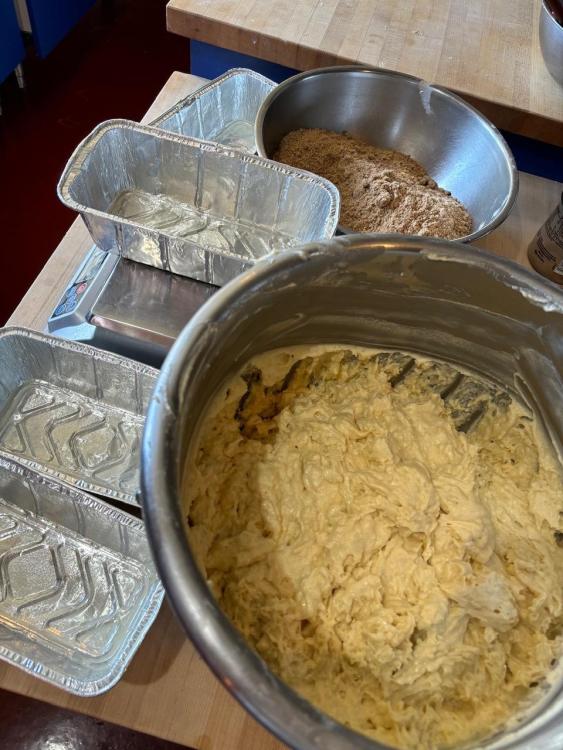

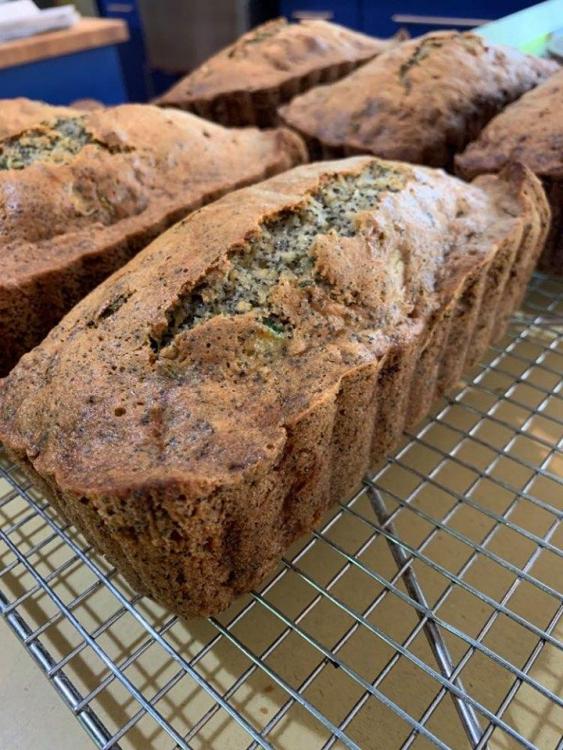
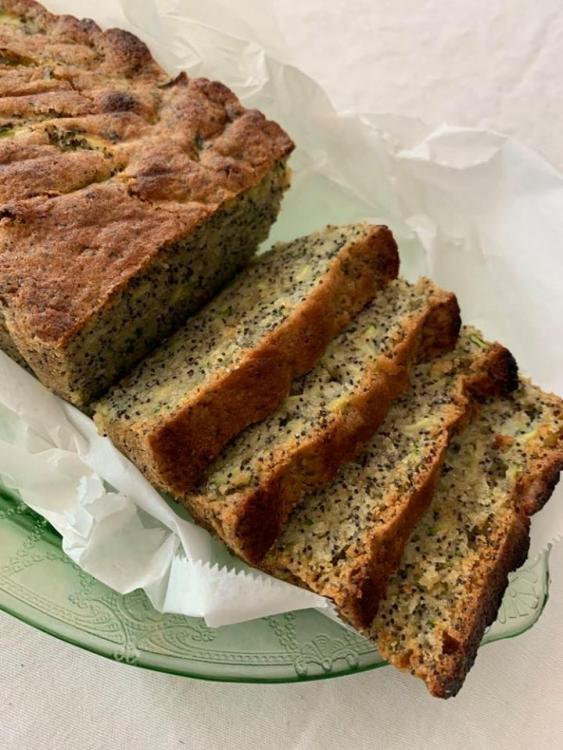


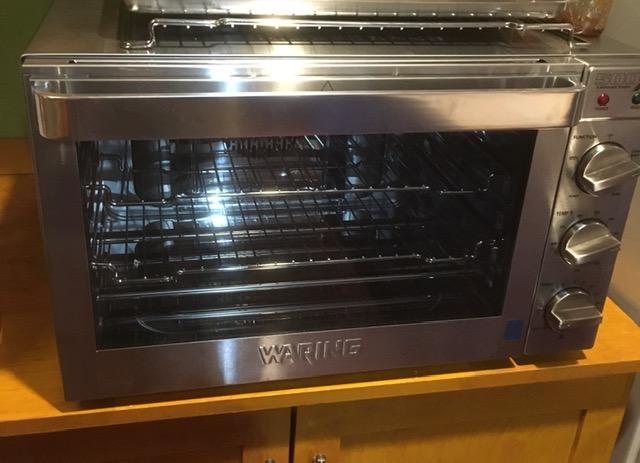
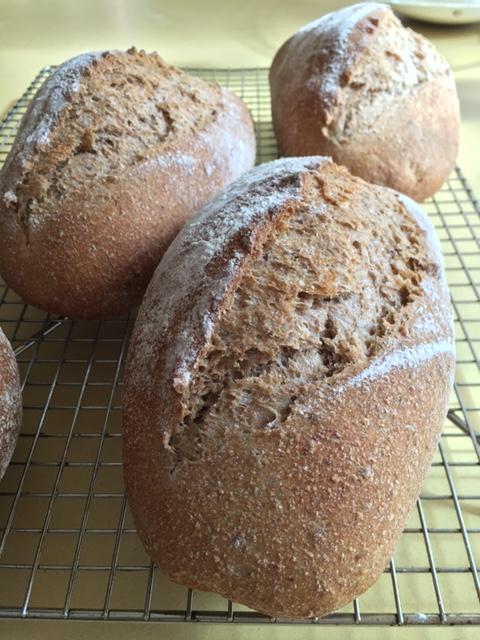
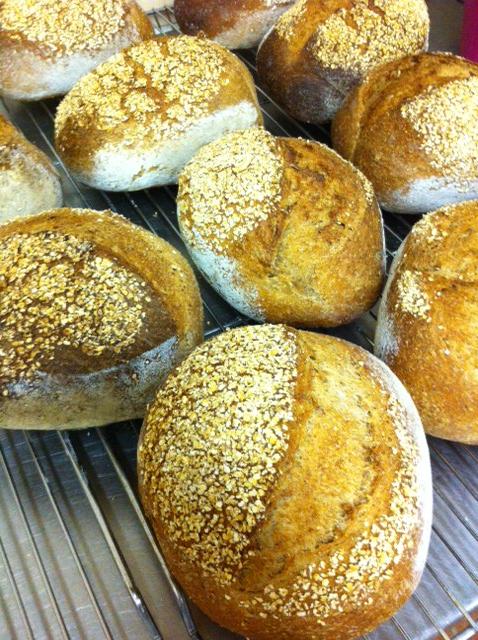
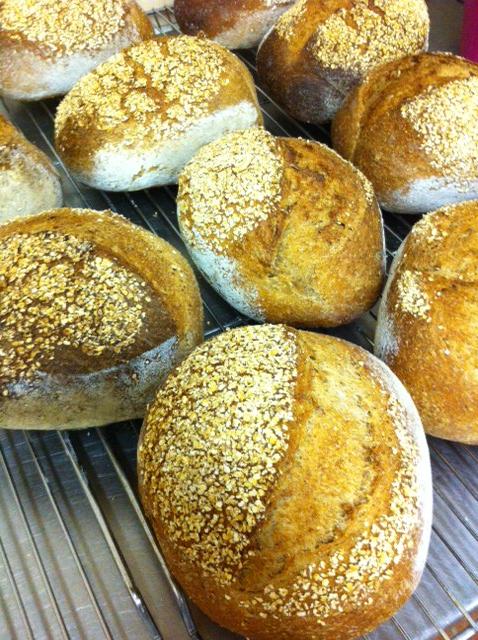
Sinking streusel makes my coffee cakes bake up flat
in Pastry & Baking
Posted
Great suggestions, thanks!